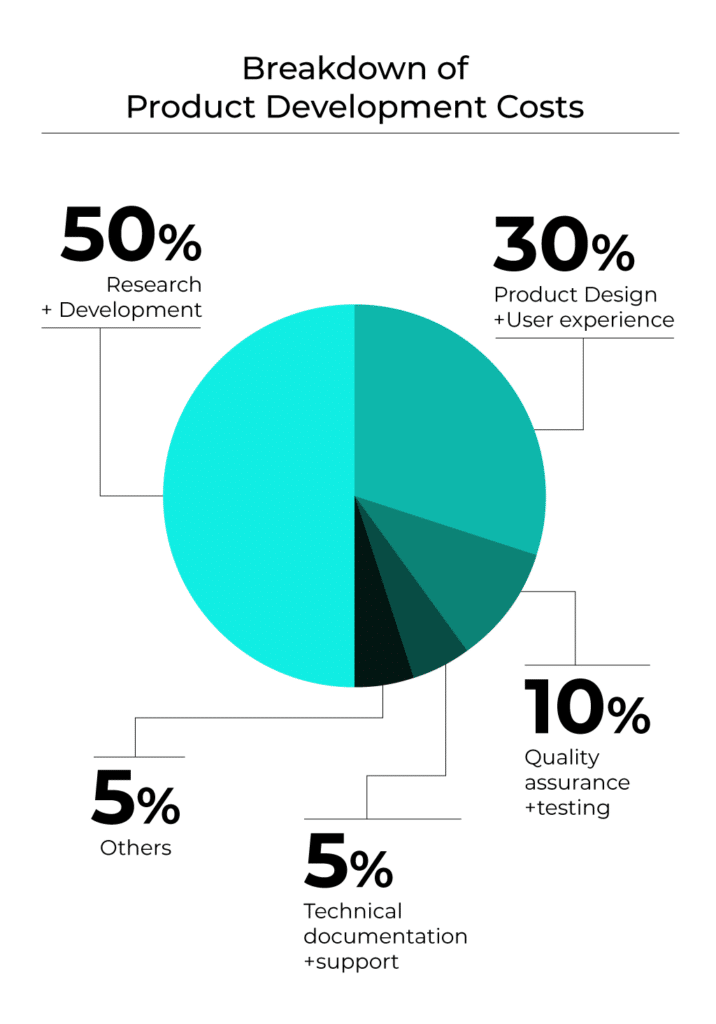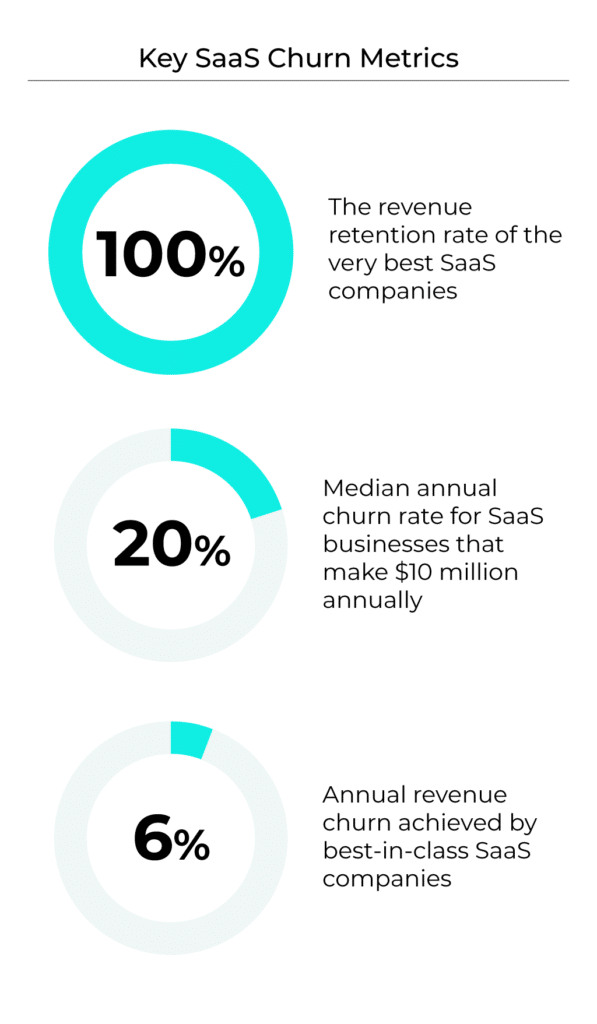SaaS Marketing Guide
Effective SaaS budget planning
Book a FREE SEO Strategy Consultation >
Further Reading:
- SaaS Marketing Strategy
- SaaS Content Marketing
- SaaS SEO
- SaaS Account Based Marketing
- SaaS Email Marketing
- SaaS Inbound Marketing
- SaaS Retargeting
- SaaS Marketing Budget
- SaaS Marketing Plan
- SaaS Referral Marketing
- SaaS Demand Generation
- SaaS Customer Journey
- SaaS CMO Strategy
- SaaS link building
- SaaS Lead Generation
- SaaS Landing Page Examples
- SaaS CMS
- SaaS Customer Churn
- SaaS Marketing Automation
- SaaS Marketing Campaigns
- SaaS Marketing Agency
- SaaS SEO Agency
- SaaS Link Building Services
Planning and implementing a budget is a crucial process for any business. For companies selling Software as a Service, with highly technical products and high customer acquisition costs, it’s essential that the budget allocates resources to the right places.
Let’s explore the importance of SaaS budget planning, what you should include, and how to manage your budget effectively.
Importance of a SaaS budget
Unlike tangible product-based businesses, SaaS firms don’t have to pay for brick-and-mortar stores, wholesale goods, or transport and logistics. Plus, many SaaS companies operate remotely, saving money on office overheads.
However, B2B SaaS companies tend to have high customer acquisition costs (CACs), while the cost of goods sold (COGS) is typically low. That means optimizing your budget to get as much as possible out of your resources, especially in key areas like marketing, is crucial.
Setting a SaaS budget encourages you to take a strategic approach and focus on activities that will have the biggest impact. You can use it to make decisions based on the right information—for instance, if you have a lot of customers on your highest-priced plan, it might be time to offer enterprise pricing.
A SaaS budget allows you to distribute resources in the right areas, and evaluate performance by comparing the budget plans with your actual spend. You can also make sure you’re getting a good return on investment (ROI) for things like marketing efforts.

What to include in your SaaS budget plan
There’s a lot to consider when you’re drawing up your SaaS budget, including expected revenue, fixed and variable expenses, and cash flow—as well as your overarching business goals.
Here are the main areas of spending that will make up your budget:
SaaS marketing budget
Marketing will represent a larger slice of your SaaS budget. Software as a Service products can be tricky to sell as they’re non-tangible and often complex. You need a comprehensive SaaS marketing strategy that focuses on engagement throughout the customer journey—because your business depends on continued subscriptions.
Your SaaS marketing budget needs to cover elements like SEO to ensure that potential customers can find your site, content marketing to promote the value of your product and brand, and link building strategies to build authority and trust. You also have to ensure a great user experience on your website.
You’ll also need to decide if you want to use other marketing channels, such as email newsletters, social media, or influencer marketing. All of these activities have a cost attached, whether you use an in-house marketing team or work with SaaS marketing experts such as accelerate agency.
Web design and hosting
An effective website is another part of your marketing efforts, but we’ve listed it separately as it can be a significant expense, whether you’re starting from scratch or updating your site.
There’s the initial website design, plus hosting and ongoing maintenance. While some new companies use low cost templated web builders such as Wix, having your own custom build looks more professional and there’s more scope to make it your own and stand out from the competition.
Sales and service
When you’re selling Software as a Service, you need to back up those marketing efforts with a superb sales experience and stellar customer support. That means budgeting for talented staff, plus training and personal development.
This part of the budget also covers tools. For example, SaaS sales reps must be able to offer demos and walk customers through how the product works, while support teams need multiple communication methods (such as video calls with screen sharing) in order to give technical advice.
Product development

You’re going all-out with the marketing and sales pitch, so you better make sure the actual software product can deliver. That’s where research and development comes in, ensuring you have a product that outshines the competition and brings value to customers by improving their businesses.
Your SaaS budget must support continued research to spot gaps in the market, and ongoing development and testing as new products and features are added.
Activities during development and production count as capital expenditure, while ongoing testing is a normal operating expense.
Software tools
You’re in the business of selling software, so you know the importance of the right tools for running a successful company.
We already mentioned comms tools for sales and support teams, but you might also need software for accounting and payroll, HR, time management, project management, file storage, and customer relationship management.
Investing in automated tools will save you time and boost productivity, but you’ll have to be prepared to spend the money first.
Personnel and equipment
SaaS companies may employ marketing and sales teams, accountants, HR and admin staff, software developers and testers, IT folks, and a customer success team.
The bigger your company, the higher your wage bill. Smaller firms might choose to outsource at least some of these roles, so weigh up whether it’s more affordable to do that or keep everyone in-house—and factor in staff training.
It’s far less likely now that SaaS sales reps will travel to meet clients, but if they do, you’ll need to account for their expenses. Plus, you need to provide your remote workers with laptops, phones, and even furniture. If you do have a physical HQ, add rent and utilities into the budget.
How to effectively manage your SaaS budget
Setting a budget is one thing, but sticking to it is quite another. Here’s how to manage the process effectively, from SaaS budget planning to evaluating performance:
Know your goals
The budgeting process begins with a recap of the company’s goals. For example, if you want to improve MRR (monthly recurring revenue), how many existing and/or new customers are needed to achieve the figure you want? What resources are required to reduce churn rate?Tie the budget to these objectives, and keep checking that you’re meeting them. If you build some flexibility into the budget, you’ll be able to adjust it if necessary.

Categorize and plan your expenses
Expense categories may vary by business, but can typically be broken down as follows:
- Cost of revenue (aka cost of sales, cost of services, or COGS)
- R&D (creating, maintaining, and improving the product)
- Sales and marketing
- Costs to carry out your regular business activities
Within those categories are fixed, variable, and one-off expenses.
Fixed expenses are known costs for each month or year, such as staff wages or website hosting. Variable expenses may fluctuate monthly or annually, such as the cost of a pay-per-use tool. One-off costs could be a laptop for a new hire, or fees for a legal dispute.
As well as calculating fixed costs, you need to keep some money aside for unexpected expenditure and carry out scenario planning.
For instance, what if your software testing agency suddenly increases its prices, or several key staff members leave and you have to do a recruitment drive? Keeping an eye on your cash flow is also essential for SaaS budget planning.
Cross-departmental collaboration
In a SaaS business, it’s vital to have coordination between departments and operations. While each department should have a clearly defined charter and its own goals, you need to avoid silos. When this is the case, it’ll make budgeting a lot easier.
If the finance team just asks each department to submit separate requests for resources and then reveals the final budget as a done deal, some teams will resent the fact that others have received more funding.
Instead, the budget process should be completely transparent, so that teams understand the challenges and opportunities involved in other departments. That way, you’ll get full buy-in for the plan.
Use the right marketing methods
Since the SaaS marketing budget is such a critical element of your business, you need to think carefully about the methods and channels you’ll use to get maximum ROI. How long will you need to use a specific channel in order to realize its full potential?
Email marketing campaigns are a low-cost option, but the most important tool is SEO. By optimizing all your onsite content with popular keywords and authoritative links, you’re giving potential customers the best chance of finding you at the top of the search engine results.
Meanwhile, content marketing positions you as a thought leader in the industry as well as demonstrating the value of your product. SaaS experts like accelerate agency will produce content that others want to share, and secure links from top authority websites.
Make savings where you can
It’s likely that you’re already saving money by operating a remote or hybrid working model and using cloud-based tools. But there may still be other ways of reducing costs so that you can spend your budget on the things that matter most.
With accurate expense tracking, you see where to minimize expenses. For instance, if you develop a knowledge base where people can find answers to FAQs and technical help without having to contact you, you could save on customer support overheads.
You could also take advantage of free tools such as Google Analytics to measure your SEO efforts. Some business software tools have free or low-cost versions—and if you’re not using all the features of a particular solution, try dropping down to a lower tier.
Finally, find out if you’re eligible for any tax deductions such as equipment purchases.
Monitor performance
When it comes to your SaaS budget, don’t just set it and forget it. You need to check back regularly to see if you’re meeting your spending targets. If not, you can then identify areas where expenses might be trimmed. If you’re underspending in one area, you can either divert money to other activities or save it for a rainy day.
It’s a good idea to incorporate benchmarks into the budget process and review progress against them. In marketing, use analytics tools to evaluate performance and check ROI for different channels and campaigns. If you’re working with an agency, they will provide regular reports.
Nail your SaaS budget planning and accelerate your growth
Look after the pennies and the pounds will look after themselves. It’s an adage that remains true, even in a modern industry like SaaS.
Accurate and effective SaaS budget planning creates a sturdy foundation on which your business can grow. accelerate agency are adept at helping SaaS companies scale, so why not get in touch today?